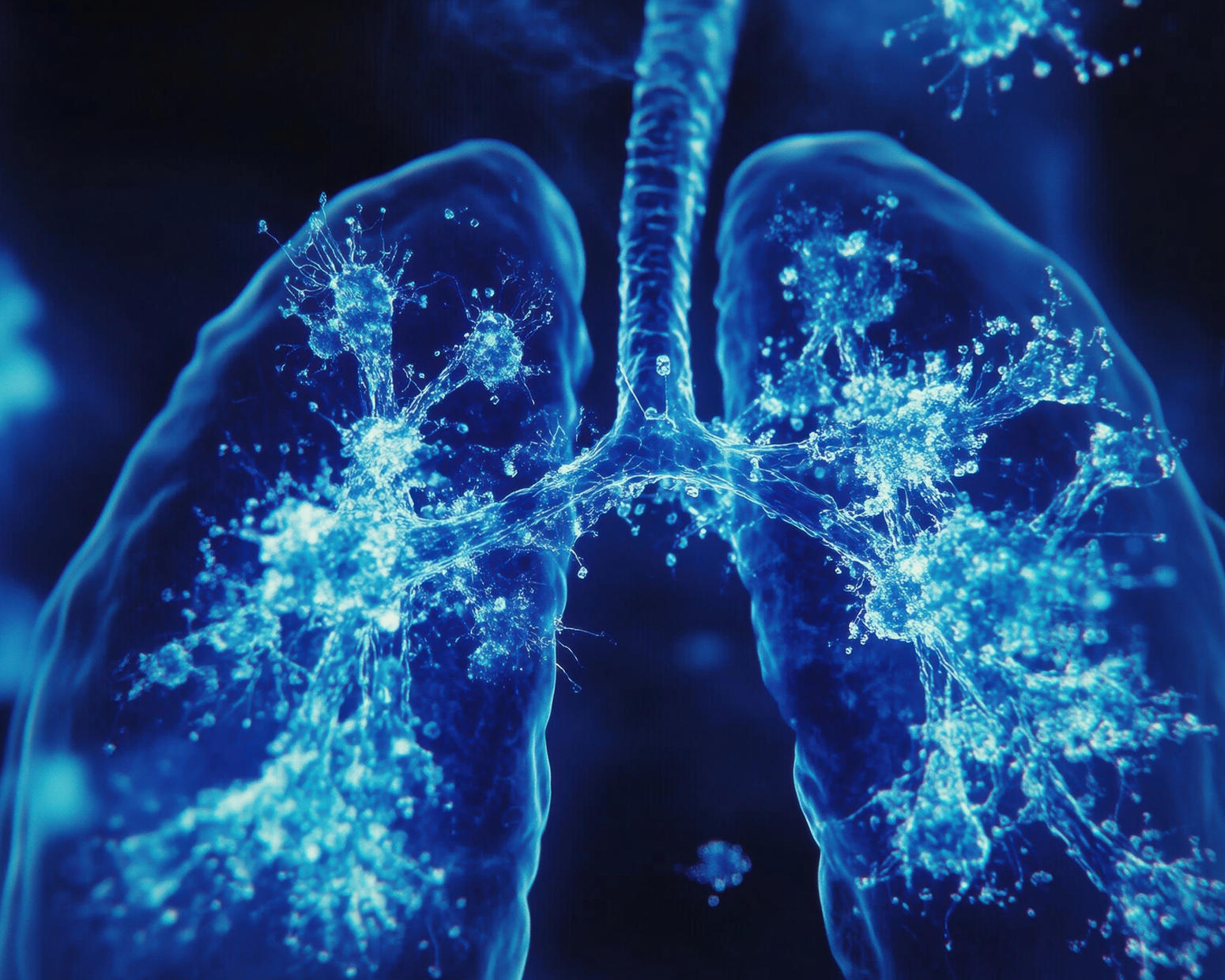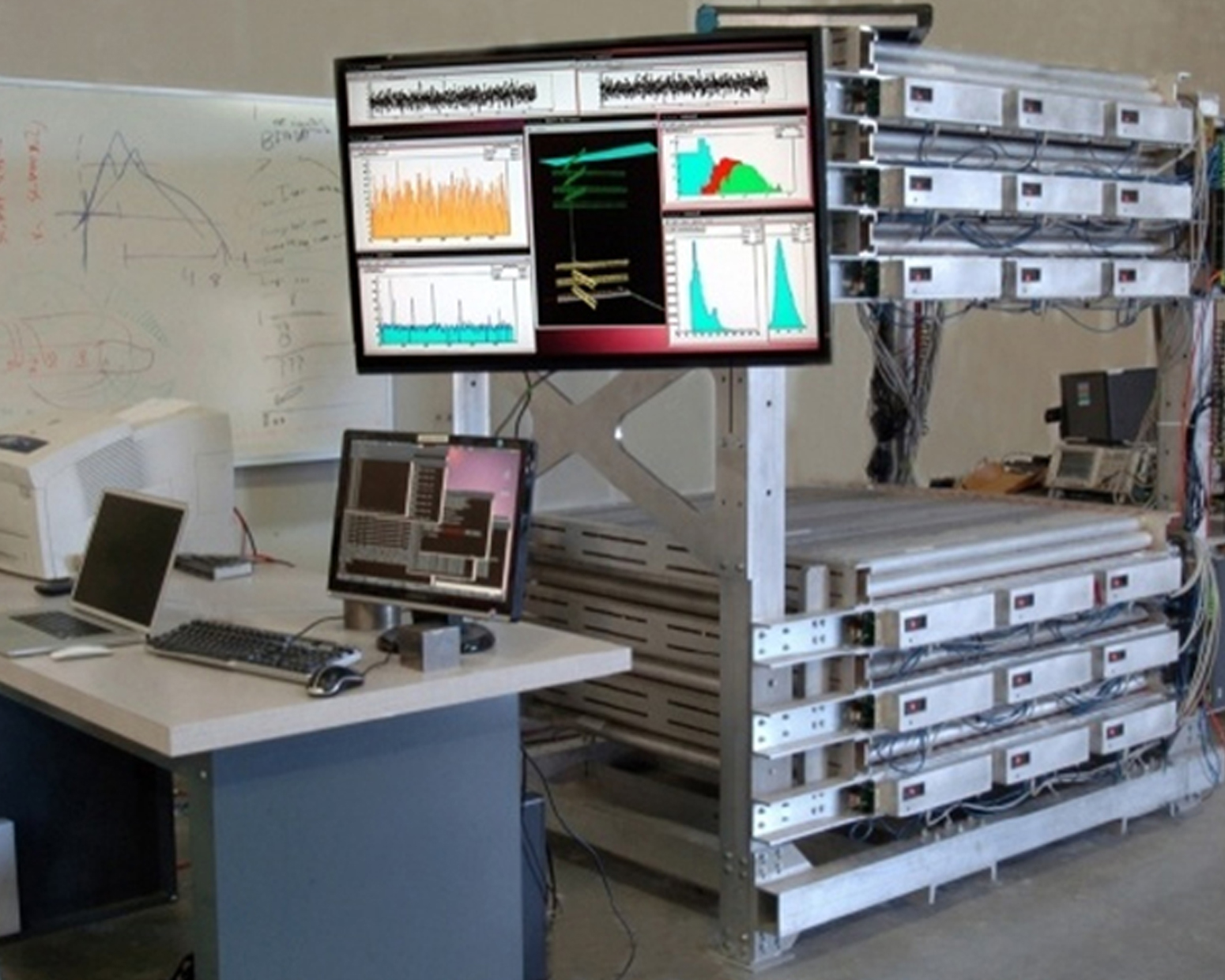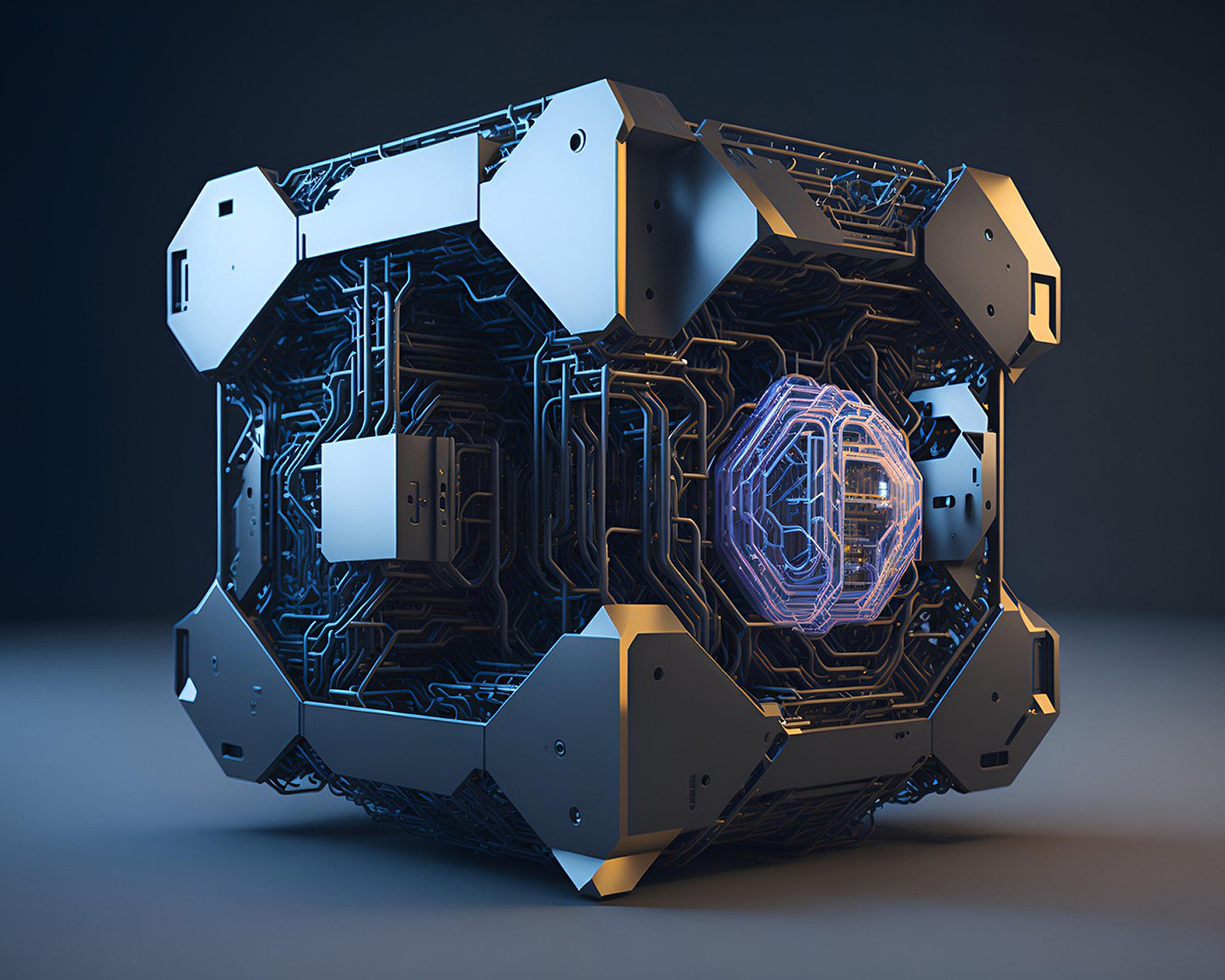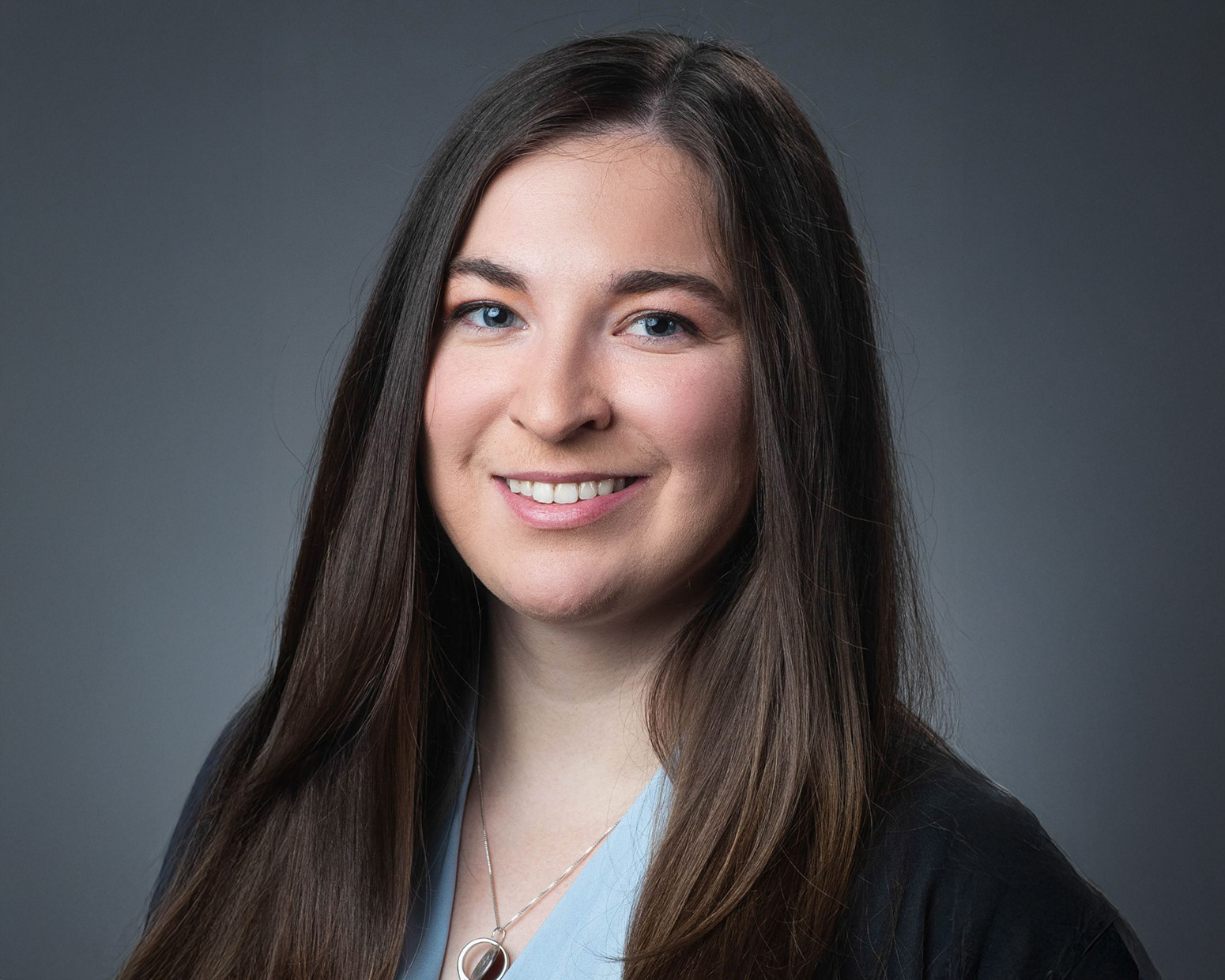Hourly readouts monitor lung changes in bedridden patients
Method could spot fluid buildup early without exposing patient to typical imaging radiation

A Los Alamos-led collaboration has demonstrated that cosmic ray muons can image a human body with sufficient precision to detect pneumonia in someone’s lungs. Such a system could continuously monitor hospitalized, bedridden patients using only background radiation.
Why this matters: Early detection of lung inflammation can support better health outcomes, but computed tomography scans and conventional radiographs aren’t feasible for continuous patient monitoring. Naturally occurring cosmic ray muons offer penetrating — yet harmless — radiation.
What to know: If muon trackers were placed above and below the patient, tomographs could be constructed using the scattering of cosmic rays. Medical practitioners could monitor density changes in a patient’s lungs with hourly readouts.

How they did it: The Los Alamos Mini Muon Tracker at the Los Alamos Neutron Science Center (LANSCE) collected data to examine a human phantom (a radiographic representation of a body that has been used to measure radiation doses in space).
- The team developed a simple cosmic ray flux model with muon trackers optimized for examining humans, and they produced lung images with a 24-hour exposure.
- They calculated how thinner detectors could provide higher-quality images in considerably shorter exposure times with better signal to noise.
Funding: Los Alamos Laboratory Directed Research and Development program
LA-UR-25-27361





